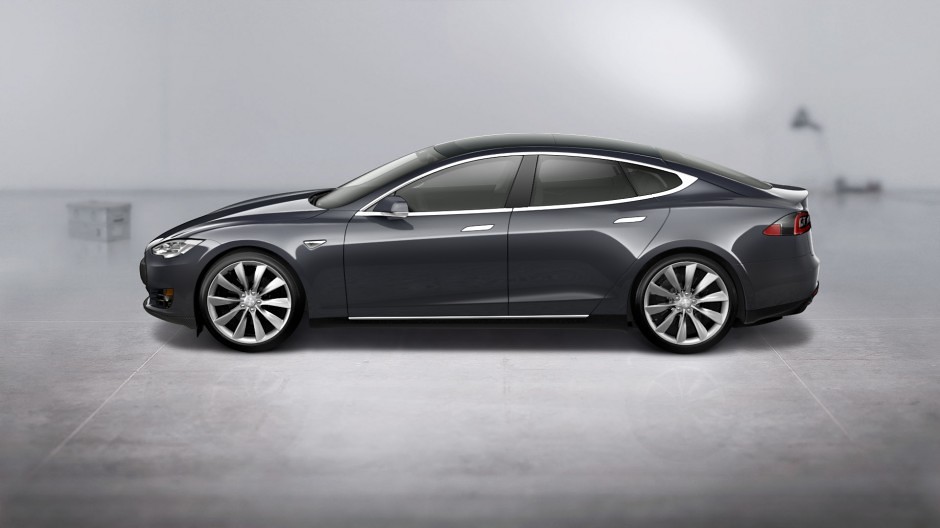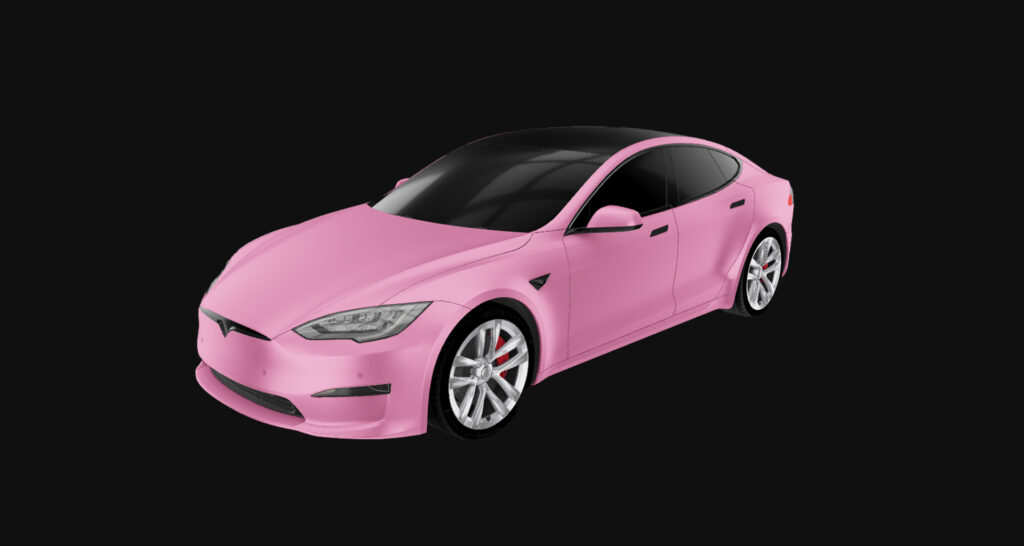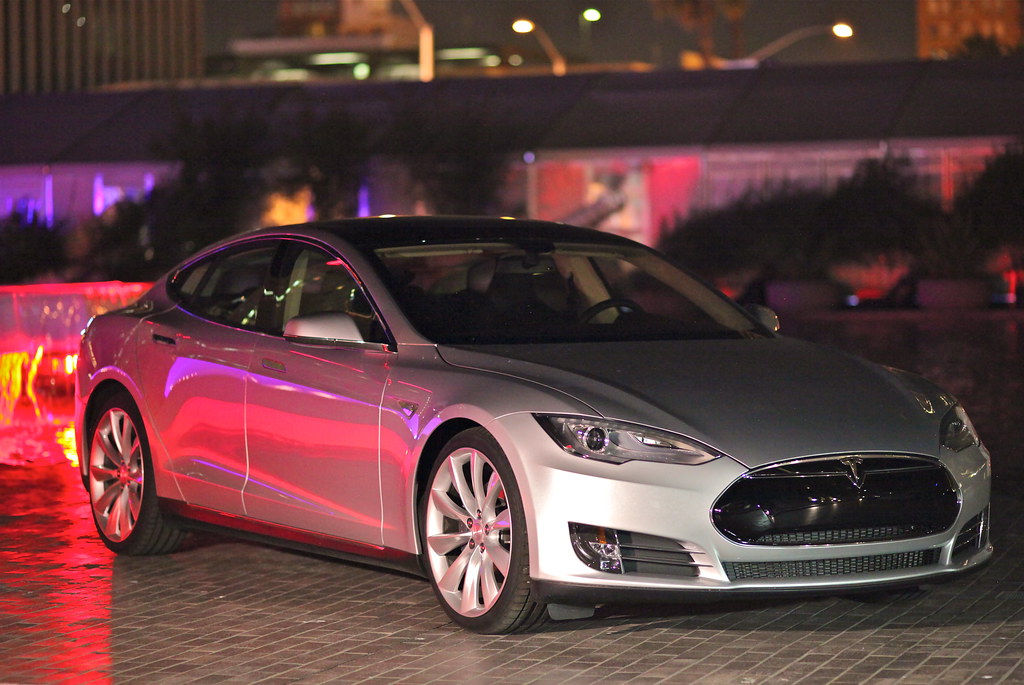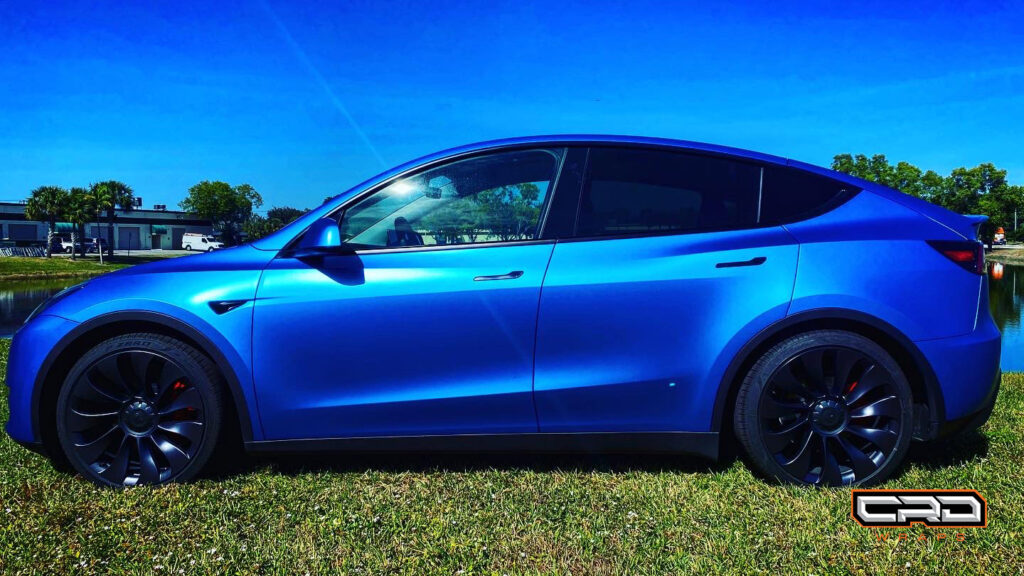Have you ever queued for ages in a mall parking lot just to wait for a free charger?
Living in an apartment, timing off-peak hours every night, yet still worrying about your electricity bill spiking?
Cancelled road trips because you were not sure the stations along the route would deliver full power?
And now that the $7,500 EV tax credit closed at the end of September, you’re left wondering — when will there finally be an EV cheap enough for the majority?
That answer may have just dropped.
On Sunday, Tesla released a 9-second teaser ending with a single date: October 7, 2025.
Is this the long-awaited Model 2? Could it change EV ownership forever?
Let’s break down what we might see — and why it could break the affordable EV market wide open in 2026.

What If Model 2 Can Do It All?
Imagine a Tesla that’s:
- Cheaper than a Honda Civic
- Charges fast, drives long, and barely needs maintenance
- Works even if you live in an apartment with zero home charging
- Offers software so advanced it rivals cars that cost $70,000–$80,000
Tesla’s Model 2 could be that car. Let’s explore the 4 revolutionary pillars of its design — and how they might make it the first truly mass-market EV.
1. How Can the Tesla Model 2 Redefine How Cars Are Built?
Unboxed Assembly 2.0: Faster, Cheaper, Better
At the heart of Tesla’s upcoming manufacturing revolution is something called Unboxed Assembly 2.0.
What is it?
It’s a parallel modular build system that splits the car into six key parts:
- Body structure
- Interior
- Battery pack
- Drive unit
- Glazing
- Exterior
Unlike traditional car assembly lines where everything moves step-by-step, these six modules are built simultaneously and only come together at the end — like snapping LEGO blocks into place.
Major Benefits:
- Takt time drops from ~10 hours to just 4–5 hours
- Factory space shrinks by 30–40%
- Cost per vehicle decreases by $1,000–$1,500
- Work-in-progress inventory drops by 40–60%
Dimensional Precision with AI and Scanners
Each module is passed through a laser or blue light 3D scanning gate, ensuring it matches CAD models with ±0.2 mm tolerance. That’s surgical precision in manufacturing.
The result?
- First-time build success rate over 98%
- Lower panel gaps
- Reduced wind noise
- Warranty savings per car: $50–$100

Gigacasting: 300+ Parts Become One
Model 2 will also feature front and rear gigacastings — huge aluminum parts that replace hundreds of small metal pieces.
- Reduces underbody weight by 15%
- Improves stiffness by 12–20%
- Crush zones are baked into the casting
- Faster production cycle (just 2–3 minutes)
Together, these design innovations lower cost, improve strength, and free up margin for Tesla to aggressively price the Model 2 — all without sacrificing quality.
✅ Which is the most powerful enabler?
A. Six-module parallel build
B. 3D metrology
C. Next-gen gigacasting
Drop your thoughts in the comments!
2. What Makes Model 2 Stronger Than Rivals Even While Cutting Material Cost?
How do you lower cost AND raise performance? That’s the magic trick Tesla is trying to pull off with Model 2’s drivetrain and electrical platform.
Rare Earth-Free Motor: Clean, Powerful, Cheaper
Tesla is ditching expensive rare earth elements like neodymium and dysprosium by using:
- New magnet formulations
- Hairpin wound stators with oil cooling
- Redesigned rotor flux paths
Torque density rises 10–12%, efficiency stays above 94–95%, and magnet costs drop.
It also improves:
- Thermal stability
- Regenerative braking (up 8–10%)
- Reliability across thermal cycles
Hybrid Silicon Carbide Inverter: Efficient AND Affordable
Instead of using only silicon carbide (SiC) — which is expensive — Model 2 uses a hybrid inverter.
- SiC only where it’s needed (fast switching)
- Standard silicon for baseline operations
- SiC material use down 70–75%
- Efficiency up to 97–98%
Lower heat means:
- Smaller heat sinks
- Lower costs
- Better real-world efficiency
800V Lite Architecture: Faster Charging, Lower Losses
Tesla is setting the Model 2 voltage around 680–750V, enabling:
- Faster charging (10–80% in ~20 mins)
- Lower current → thinner cables
- Copper mass down 20–25%
- Weight savings of 5–8 kg
This means lower cost, less heat, and better performance at high speeds and low consumption.

3. How Does Tesla Turn the Battery Into a ‘Spine’?
Here’s where Tesla flips the table. Instead of treating the battery pack like a suitcase full of energy, Model 2 makes it the literal structural backbone of the car.
Dry-Coated Electrodes: Cheaper and More Efficient
Dry-coating eliminates water and solvents from battery manufacturing. It:
- Cuts line footprint by 30–50%
- Reduces energy usage and capex
- Increases line speed 2–3x
- Drops electrode cost by 15–20%
And for LFP (Lithium Iron Phosphate) chemistry, dry coating still supports high energy density and fast charge rates.
Cell-to-Chunk Design: Modular Strength
Model 2 will likely use a cell-to-chunk system:
- No module frames
- Cells bonded directly to structure
- Energy density up ~6–8%
- Pack weight down 10–12 kg
- Improved crash resistance and safety
This structure becomes part of the car’s chassis, boosting torsional stiffness by 12–15%, which enhances:
- Suspension control
- Ride comfort
- NVH (noise, vibration, harshness)
Thermal Mastery with Octovalve 2.0 and Heat Pump
The Octovalve 2.0 intelligently manages:
- Battery pre-conditioning
- Fast charging (25–35°C stability)
- Cabin heating/cooling
- Powertrain waste heat recycling
Real-world results?
- Charging 15–20% faster
- Range improved 8–12% in cold weather
- Pack temperature stays stable — even at highway speeds
Combined, this makes the battery cheaper, lighter, longer-range, and structurally critical — a triple win.
🔋 Is this the breakthrough? Drop “Model 2 + [Your City]” in the comments to tell Tesla where you want it first!
4. Is Software the Secret Weapon That Makes a $10K Model 2 Feel Like an $80K Car?
This is the Tesla wildcard — and it could be the biggest advantage of all.

Vision-Only Driving with Occupancy Network 2.0
Model 2 ditches expensive LiDARs and focuses on cameras powered by:
- Video Transformers
- 3D Scene Understanding
- Better detection of pedestrians, motorcycles, and occluded objects
Result?
- 30% more accurate small-object detection
- Faster reaction times
- Confident maneuvering in dense environments
Self-Training Planner: AI that Drives Like a Human
Using reinforcement learning, Tesla trains Model 2’s planner offline on real-world driving scenarios. Benefits include:
- 40% fewer steering corrections
- 15–20% smoother ride
- 2–4% less energy used in the city
The smoother you drive, the less energy you burn — and the longer you go.
Fleet Learning That Scales
Model 2 uses shadow mode to learn from mistakes — without making them on the road.
- Only uploads high-value clips
- Reduces data cost by 60%
- Doubles edge-case training quality
- Shortens update cycle
All this feeds into Tesla’s OTA pipeline:
- New features released in bundles
- A/B tested across the fleet
- Self-calibration ensures long-term quality
So the car you buy in 2026? It just gets better every month.
Conclusion: Can Model 2 Break the Market in 2026?
If Tesla’s Model 2 launches in 2026 with everything discussed — Unboxed 2.0, rare earth-free motors, structural batteries, dry-coated electrodes, 800V charging, and fleet-trained software — it could do what no EV has done before:
🎯 Deliver a $10,000–$20,000 car that feels like a $70,000 car.
And unlike cheap EVs from other brands, Model 2 won’t cut corners — it redefines them.
FAQs
1. What is the Tesla Model 2 release date?
The Tesla Model 2 is expected to be officially revealed on October 7, 2025, with production likely beginning in early 2026.
2. How much will the Tesla Model 2 cost?
While Tesla hasn’t confirmed pricing, rumors and manufacturing innovations suggest the Model 2 could launch at $10,000–$25,000, making it the most affordable Tesla ever.
3. Is the Tesla Model 2 a smaller Model Y?
Yes and no. The Model 2 may resemble a stripped-down Model Y, but it’s built on an entirely new platform (Unboxed 2.0), optimized for cost, speed, and global scale.
4. Will the Tesla Model 2 qualify for EV tax credits?
As of now, the $7,500 EV tax credit closed in September 2025. It’s unclear whether the Model 2 will qualify for future incentives, but its low price point could make it affordable without subsidies.
5. How far will the Model 2 go on a single charge?
Estimates suggest a range between 250–300 miles (400–480 km), depending on the battery chemistry and variant (e.g., LFP vs. long-range).
6. How fast will the Tesla Model 2 charge?
With an 800V lite architecture, the Model 2 aims to charge from 10% to 80% in just 18–22 minutes on high-power DC fast chargers.
7. Will the Model 2 work for apartment dwellers with no home charging?
Absolutely. Fast charging and lower consumption per mile mean apartment owners can use public chargers efficiently, even without home access.
8. Does the Model 2 have Autopilot or Full Self-Driving (FSD)?
Yes. It will come with Tesla’s vision-only driver assistance system, powered by the Occupancy Network and Self-Training Planner. Premium features like FSD may be optional.
9. What kind of battery does the Model 2 use?
Model 2 is expected to use LFP batteries with dry-coated electrodes and a cell-to-chunk structural pack, which is lighter, cheaper, and more efficient.
10. What is Unboxed Assembly 2.0?
It’s Tesla’s new manufacturing process where six modules are built in parallel, reducing production time, costs, and factory footprint by up to 40%.
11. What is a gigacasting and why does it matter?
Gigacasting refers to large aluminum die-cast components that replace hundreds of smaller parts. This simplifies assembly, reduces weight, and improves crash safety and rigidity.
12. Will the Model 2 still be safe despite its low cost?
Yes. Structural battery packs, integrated crash zones, and AI-based safety systems are designed to meet or exceed global safety standards.
13. Will it come with a touchscreen like other Teslas?
Most likely. While the design will be simplified to cut costs, Tesla’s signature center touchscreen is expected to remain for navigation, media, and vehicle control.
14. Will Tesla Model 2 be available globally?
Yes. The Model 2 is designed for global scalability, with initial production likely in Giga Mexico, Giga Shanghai, or a new factory optimized for the unboxed process.
15. How does the Model 2 compare to other budget EVs?
It stands out by offering premium features at an economy price, including structural battery packs, AI-driven software, and fast charging that rivals luxury EVs.
16. Can the Tesla Model 2 receive over-the-air (OTA) updates?
Absolutely. Just like other Teslas, Model 2 will benefit from frequent OTA software updates that improve features, performance, and safety without visiting a service center.
17. Will the Tesla Model 2 be a good first EV?
Yes! Its low price, fast charging, low maintenance, and intuitive software make it a perfect first EV for millions — especially those switching from gas for the first time.
Read More:
- Tesla Autopilot visualization gets big upgrade with tons of new additions
- 2026 NEW Tesla Batteries: What Elon Musk Didn’t Reveal Before?
- SpaceX just Declared Cargo Starship Price & Timeline to Moon before Flight 11 Shocked industry
- Tesla faces new blockade in Sweden as IF Metall escalates dispute
- Elon Musk teases ‘Banish’ feature to pair perfectly with Summon


I am keen to have the Tesla model 2 at the earliest possible.